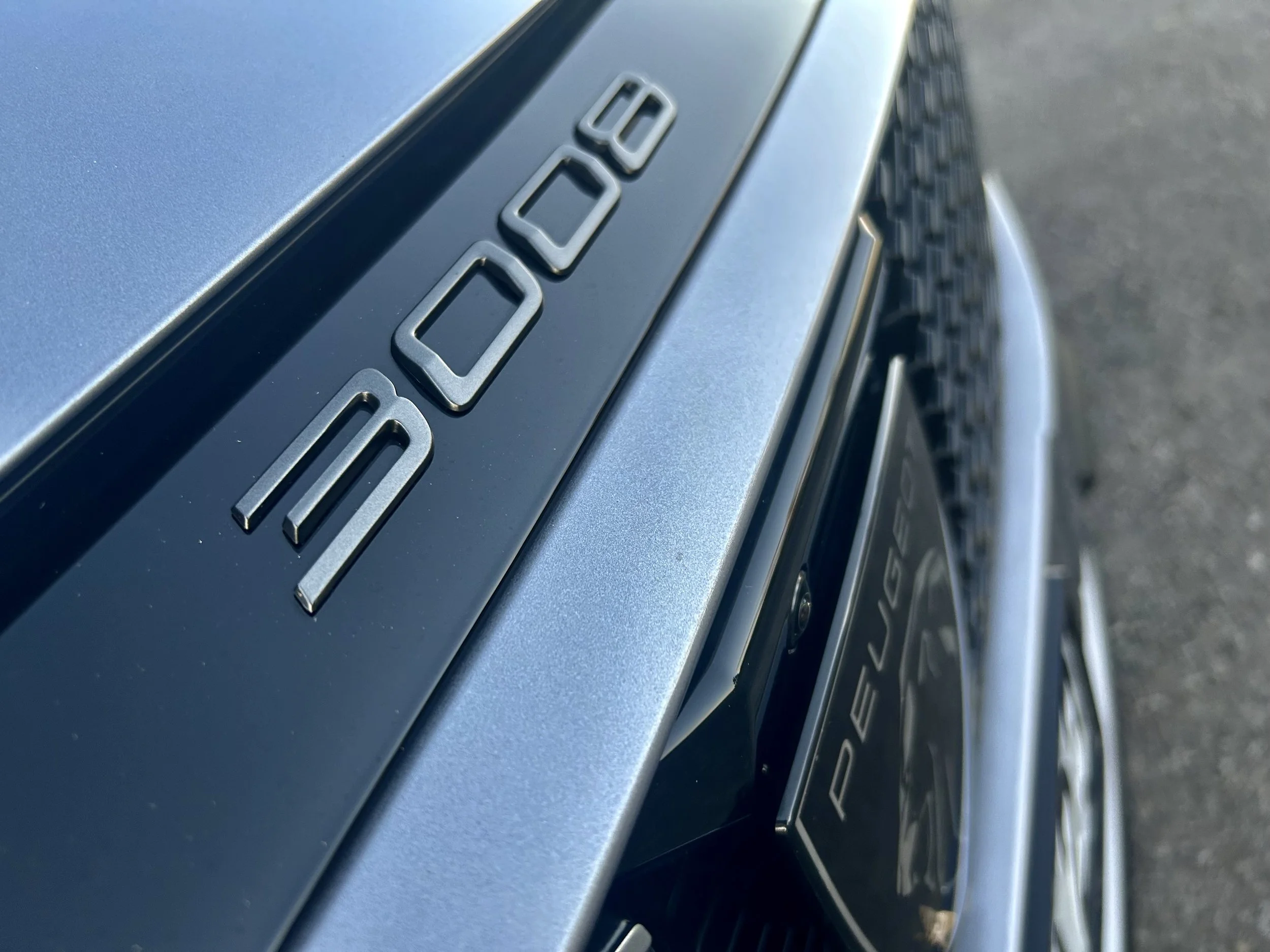Lean-running NZ-landed BYD tech already improved
/New generation of Sealion’s 6’s high-tech drivetrain unveiled in China.
AN impressive plug-in hybrid drivetrain BYD is introducing now to New Zealand appears to have now been advanced all the more, with optimal range almost doubling.
The BYD Sealion 6 medium sports utility that has just gone on sale here is the first PHEV the Chinese maker has offered to Kiwis, and will sit beside three fully battery-committed models.
The new car is in two levels of specification, with a common 1.5-litre petrol-electric powertrain married to a 18.3kWh battery.
This so-called ‘super-hybrid DM-I’ drivetrain is an electric-first set-up BYD here will seek to promote heavily, as in seems more effective on paper than choices offered in market-favoured Japanese makes’ mild hybrid and PHEV choices.
One attraction of the drivetrain is the range between refills.
BYD NZ has claimed their’s will, in thriftiest front-drive form, optimally deliver 1100 kilometres on a tank.
However, that’s from DM-I in its fourth generation. BYD home office has already bettered it, with a gen five set-up unveiled in China this week that is cited to deliver an astounding 2100kms’ driving.
How valid either range claim is will be open to questioning. The Sealion 6’s range is calibrated by using the NEDC scale, which is outmoded, with the more accurate WLTP measure taking its place.
Assertion about the gen five hardware, meantime, comes from employing China’s domestic CLTL testing procedure, which is so lenient it has been known to produce figures that are almost impossible to reach in real-world conditions.
Announcement of the newest version of DM-I has timed with BYD here having just landed its first consignment of Sealion 6’s.
The model is positioning against the top-selling petrol-electrics here, notably the Toyota RAV4 - which runs a mild hybrid (so, non mains-replenished) drivetrain - and the Mitsubishi Outlander and Eclipse Cross, which are plug-enabled and, like the BYD, have ability to deliver genuine electric-pure driving.
BYD’s claim is that its drivetrain is thriftier and also more efficient, in that can operate as a 'range-extender' where the petrol engine is used to recharge the battery, a conventional hybrid where the petrol engine can drive the wheels as well as the electric motors, and in all-electric mode.
In respect to the latter feat, the higher priced four-wheel-drive, which adds a turbocharger to the engine and has two electric motors, for combined outputs of 238kW/550Nm, has a range of 81 kilometres on electric. Optimal fuel economy is 1.4 litres per 100km.
The entry front-drive with the engine in normally-aspirated form and one electric motor, for a combined 160kW/300Nm, will go or 91kms on electric. It can lean out to 1.1L/100km, BYD claims.
The Outlander in 4WD format will achieve a greater electric only range of 84km but offers fuel usage on the combined cycle of 1.5L/100km.
How long before the gen five DM-I is availed for export is not clear. For now, it is only set to go into two cars that are so far only sold in China, the Qin L and the Seal 06 sedan.
BYD’s push to become a automotive giant has mean it now employs more than 700,000 people, adding about 470,000 since 2019. That workforce is now nearly double that of Toyota’s.

















